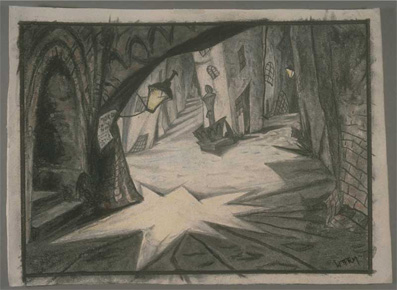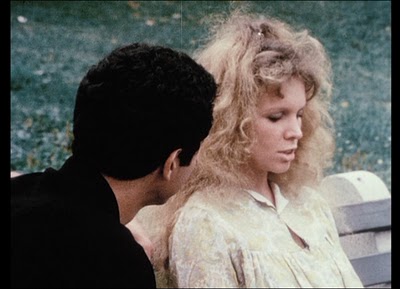The Movie Museum
From the January 1973 issue of the short-lived Saturday Review of the Arts. — J.R.
Henri Langlois’s latest creation, the Cinema Museum in Paris, finally opened last summer, a year and a half behind schedule. Only a few of the exhibits were labeled, and five months later the long-awaited catalogue of the exposition has not yet appeared. But even in its present state, the Cinémathèque Française is already the most influential film archive in the world.
Langlois’s “Seventy-five Years of Word Cinema” occupies sixty rooms in the curving promenade of the Palais de Chaillot, directrly across the Seine from the Eiffel Tower; the present exhibit represents less than one-tenth of the Cinémathèque’s collection of movie memorabilia. From the beginning, the Turkish-born film historian has tried to save everything: to impose selective criteria, he believes,is to anticipate the critical standards of the future. If the result is a cross between a crowded attic and a carnival funhouse, with all its calculated effects, this approach also permitted such young critics as Jean-Luc Godard, Jacques Rivette, and François Truffaut in the 1950s to take crash courses in every kind of cinema before making their own movies.
The vision of the Cinémathèque’s founder encompasses both Marilyn Monroe and Eisenstein; stray souvenirs and essential artifacts are given equal prominence. Read more



